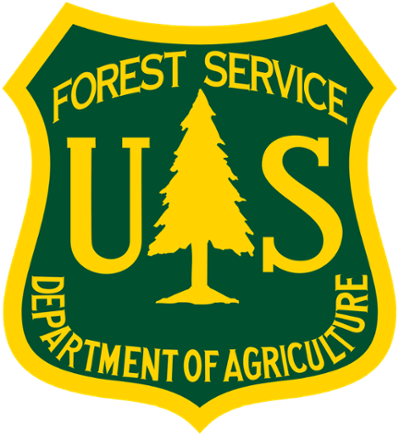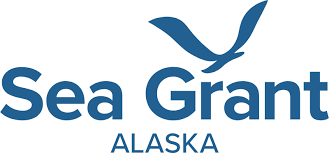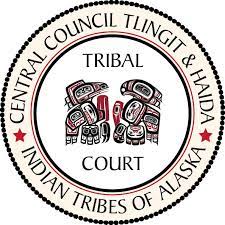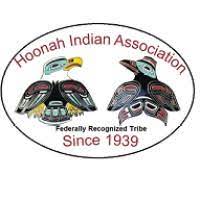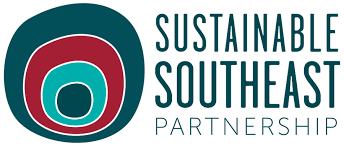Wild Harvest
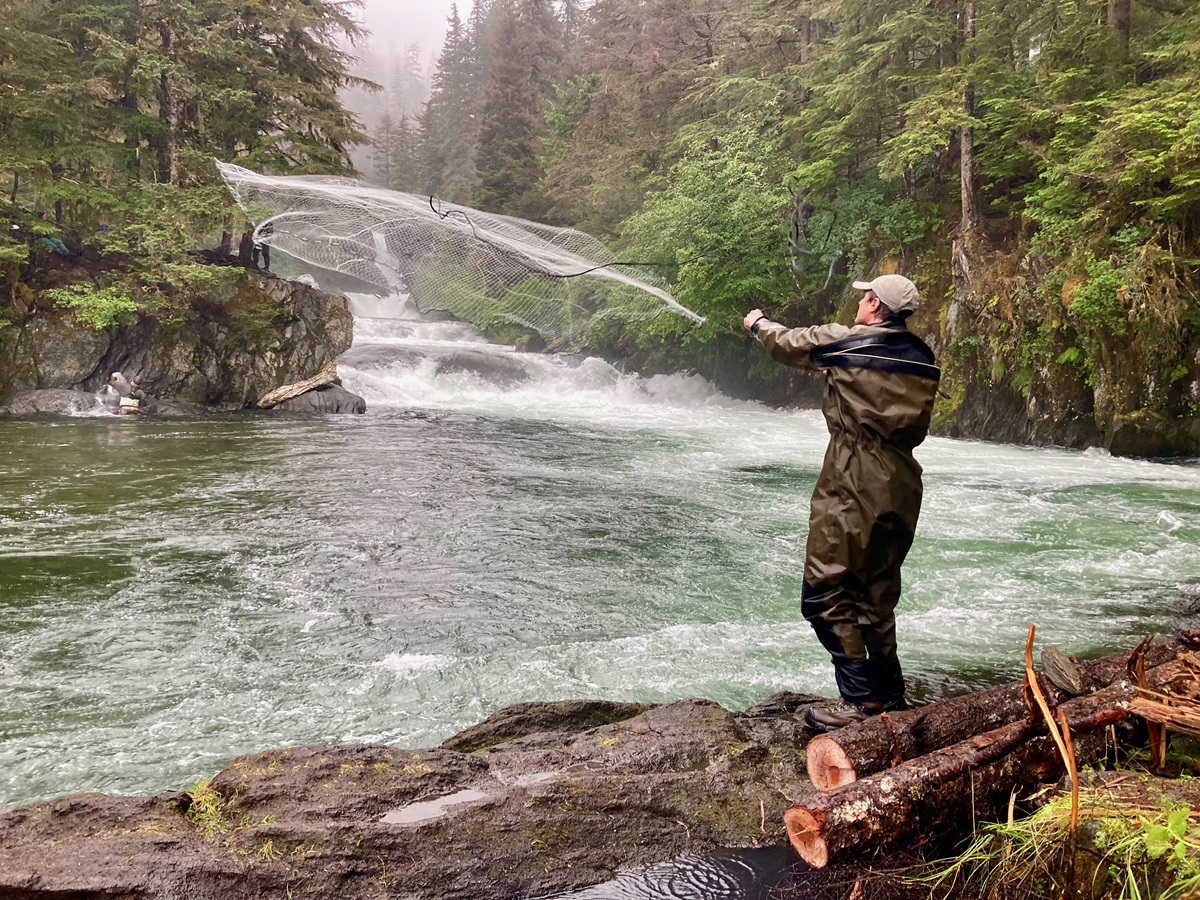
Alaska National Forest Contributions to Wild Food Systems
Using community-level subsistence harvest data from rural Southeast Alaska, ACRC affiliates are assessing how Forest Service managed lands contribute to wild foods systems and how resilient these systems are to future change.
The Tongass and Chugach National Forests support productive “wild food systems” that are critical to the nutritional, cultural, and economic well-being of rural communities. These wild food systems extend from alpine ridgetops downstream to marine ecosystems and include numerous species of fish, wildlife, plants, fungi, invertebrates, and seaweed. Subsistence harvest of these foods can support 25% of the total caloric requirements of rural Southeast Alaska (SEAK) communities and over 100% of daily protein requirements. Although these wild food systems are critical to community well-being, no studies have quantitatively examined how Alaska national forests contribute to the productivity and resilience of wild foods.
The Alaska Department of Fish and Game, Division of Subsistence has conducted subsistence harvest surveys in rural communities adjacent to the Tongass and Chugach National Forests since the 1980s. They conduct periodic household surveys to document harvest of wild foods (i.e., all finfish, shellfish, wildlife, and vegetation) and generate comparable, quantified data at a household level. The surveys document annual harvests for home use, including wild resources taken under federal subsistence, state subsistence, personal use, general, and sport regulations, as well as fish removed from commercial harvests for personal use. Community-level subsistence harvest data for each community and study year are housed in the online Community Subsistence Information System (CSIS).
Led by USFS researcher and ACRC affiliate Ryan Bellmore, the project team will use CSIS data to examine how Forest Service managed lands contribute to these wild food systems, as well as the potential resilience of these food systems to future change (e.g., forest management activities, climate change). The team will also develop and sustain working collaborations with Tribes, NGOs and state partners that will facilitate shared stewardship of forest lands and wild foods.
Contact
- Ryan Bellmore, Forest Service Pacific Northwest Research Station (james.r.bellmore@usda.gov)
Project Team
- Marie Gutgesell, Forest Service Pacific Northwest Research Station (marie.gutgesell@usda.gov)
- Lauren Sill, Alaska Department of Fish and Game, Division of Subsistence (lauren.sill@alaska.gov)
Partners & Funders
